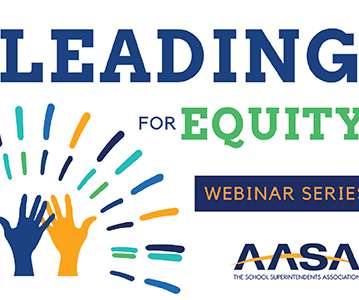Why You Need More Than "One Good Study" To Evaluate EdTech
MIND Research Institute
JANUARY 16, 2018
The biggest problem with relying solely on fully experimental RCT studies in evaluating edtech programs is their rarity. In order to meet the requirements of full experiments, these studies take years of planning and often years of analysis before publication. The time has come for a shift in how we evaluate edtech programs.















Let's personalize your content